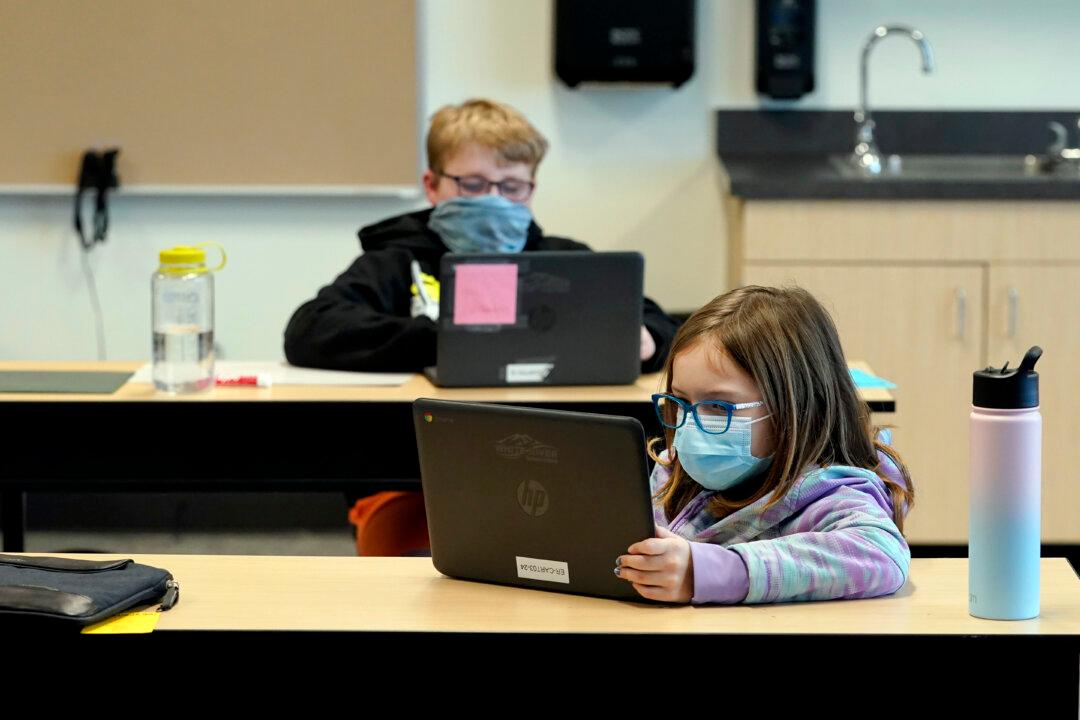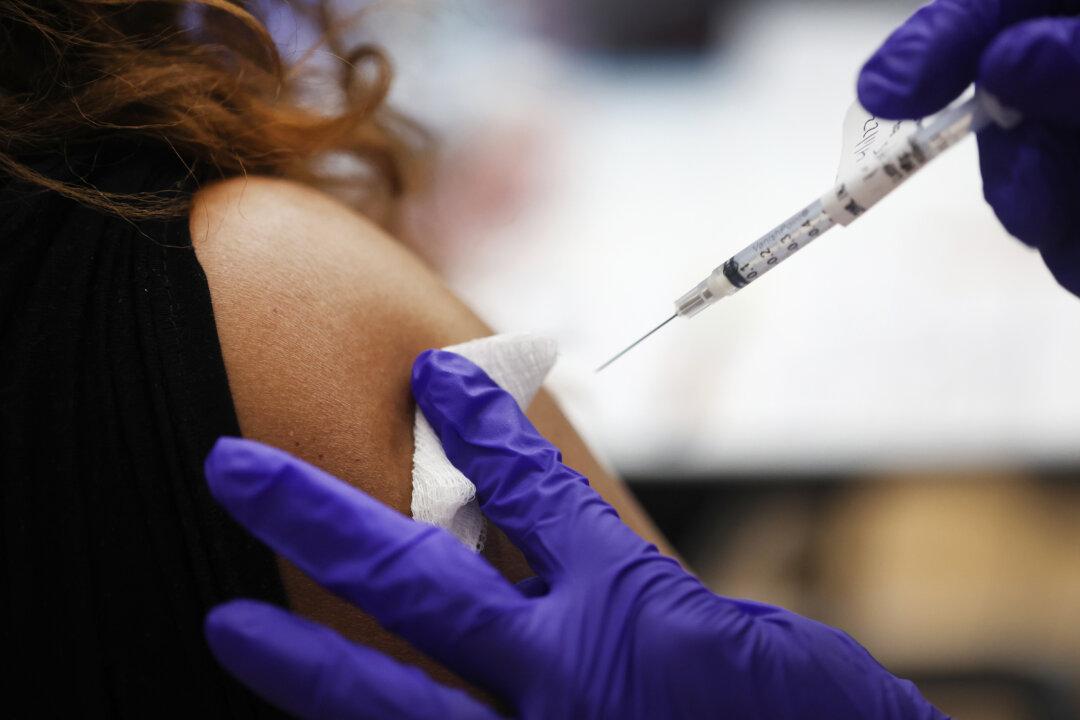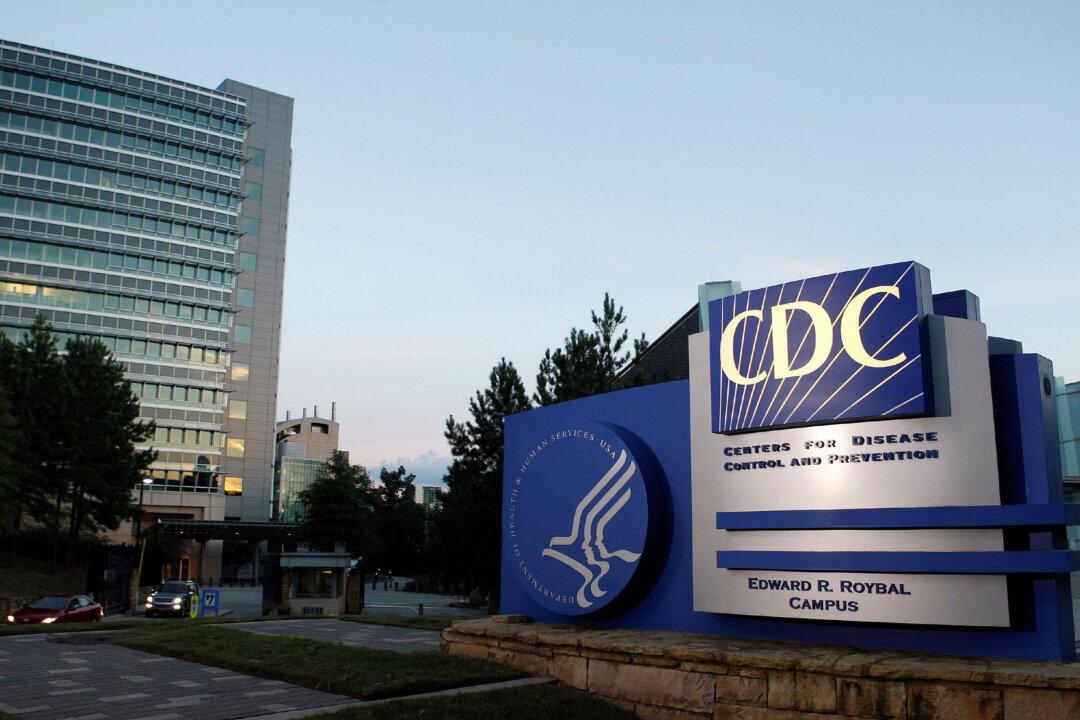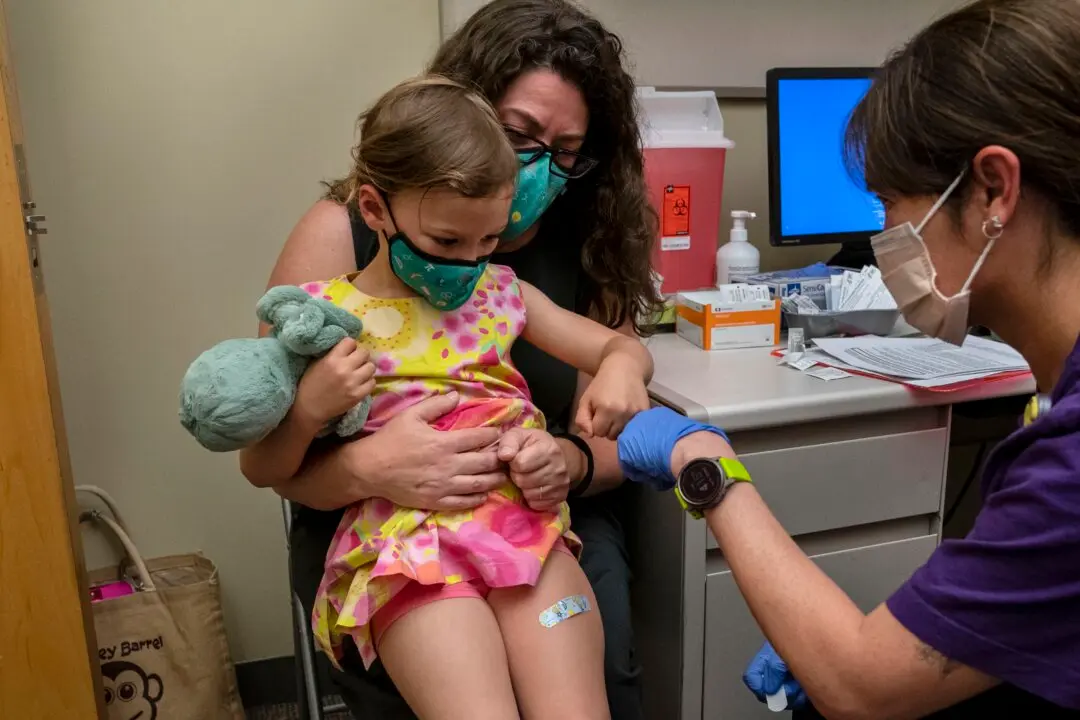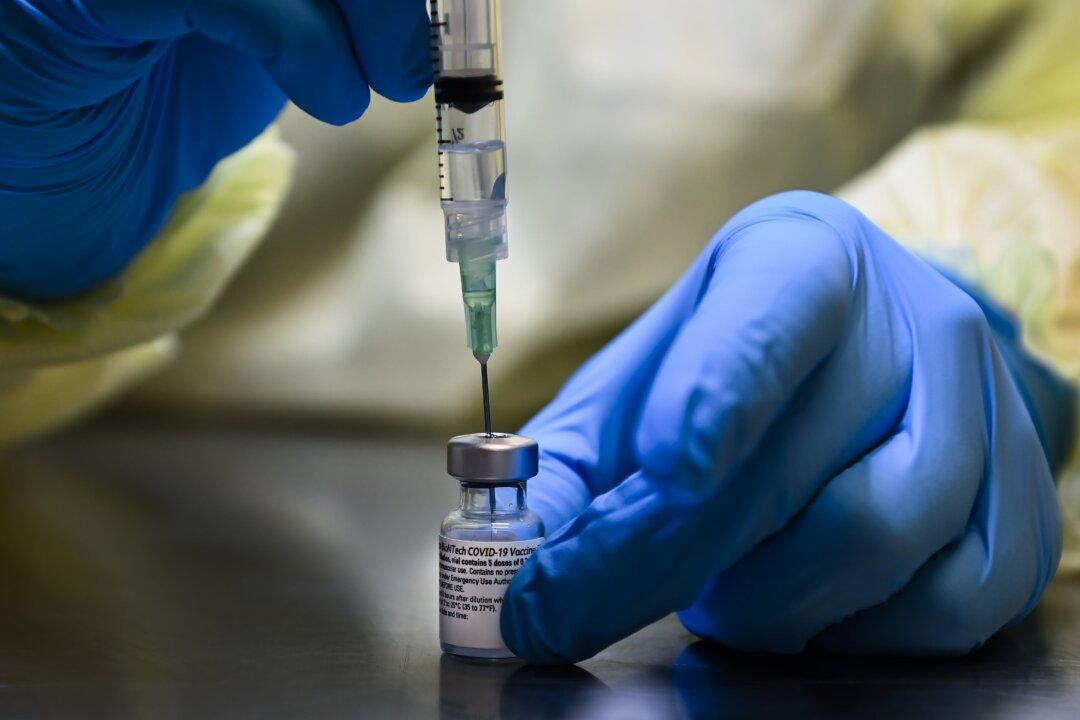Pharmaceutical company Moderna says that the first dose of its CCP virus vaccine has been given to children aged six months to 11 years in a trial called the KidCOVE study.
“This pediatric study will help us assess the potential safety and immunogenicity of our COVID-19 vaccine candidate in this important younger age population,” said Moderna CEO Stéphane Bancel in a press release on Monday.

